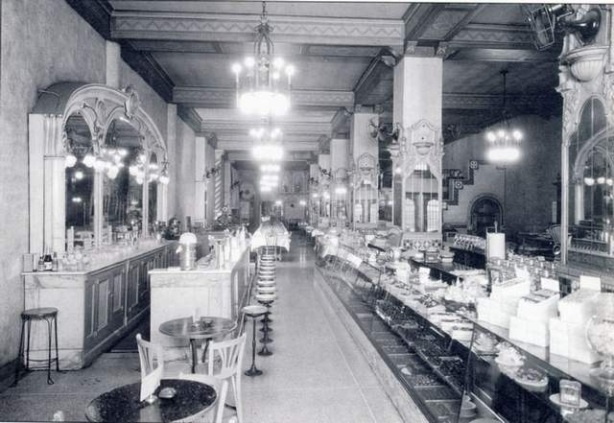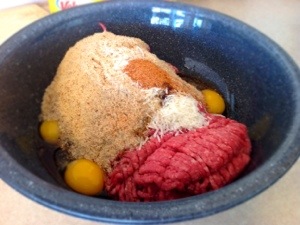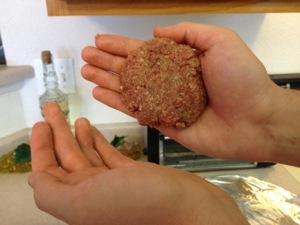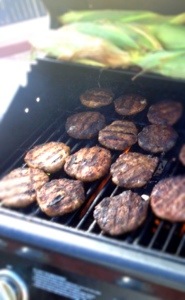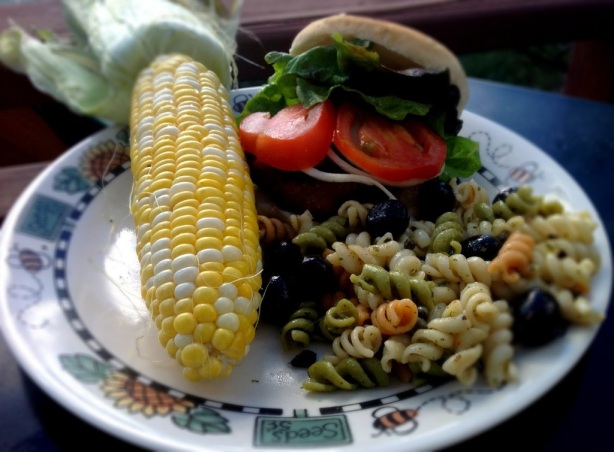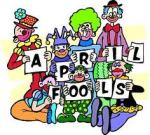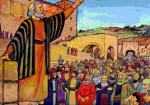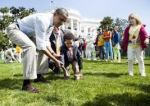A Cacophony of Classic Cars Heads To Auction
Lambrecht Chevrolet of Pierce, Neb., was like many Midwestern, small-town dealers — owned and operated by a family, with minimal overhead and little need for advertising since most customers were neighbors. Ray and Mildred Lambrecht ran the dealership with just one employee for 50 years before closing up, and later this year the Lambrechts will sell off a trove of 500-odd vehicles they’ve held onto over the decades — including roughly 50 with less than 10 miles on their odometers. It’s less a car sale than a time capsule auction.
While many of the cars in the Lambrecht collection were customer trade-ins that were left outside to rot, the Lambrechts would occasionally take something they couldn’t sell and just put it in storage. City folk might find it unthinkable to leave so many vehicles lying around for so many years, but there’s always more space in rural Nebraska, and the annual costs fall to zero quickly. I wouldn’t call it hoarding, but I know many people who gather old metal like this do form an attachment to their kingdom of rust; every ride has a story, even when there’s weeds growing around it. Jeannie Lambrecht Stillwell, the Lambrecht’s daughter, says the decision to sell wasn’t an easy one for her parents, and that the cars “comprise a lifetime of hard work, tears, and joy.”
Fortunately for collectors, the Lambrechts preservation-through-neglect has created the type of barn finds that many search years to discover. Among the dozen low-miles pickups sits a 1956 Chevrolet Cameo pickup with an odometer reading of just over one mile, and a 1964 Chevy Impala with six miles that still has its original window sticker and the plastic sheeting that covered its red leather seats. Although even ardent Corvette fans look askance at the late ’70s models, the ’78 version here with five miles has an appeal that’s grown over time.
The rest of the 500-car list reads like an inventory of popular models from the ’50s and ’60s — Bel Airs, Corvairs and even a couple of Vegas — which the VanDerBrink Auction company is still documenting ahead of the sale in Pierce on Sept. 28-29, along with dozens of pieces of memorabilia, hubcaps and even a Corvette pedal car. You can see the auctioneer take a walk though the Lambrechts’ garage below:
Car collectors dream about finding a forgotten “new” classic car, discovered in a barn or warehouse somewhere, covered in dust. This is that dream, only 500 times better….
A small-town Midwestern dealership in Pierce, Nebraska sold Chevrolets to local families and first-time buyers for 50 years until it’s husband and wife team finally closed their doors seventeen years ago. Since then, a staggering inventory of 500 surviving cars, new & used, have been stored away, undriven for decades. Some 50 cars “brand new” Chevrolets from the 1950s and 60s have less than 10 miles on the odometer.
Ray and Mildred Lambrecht are now in their 90s and have made what is described by their daughter Jeannie, as a “a difficult and painful” decision, to liquidate the dealership’s massive inventory of ‘survivor vehicles’. On September 28th and 29th, 2013, VanDerBrink Auctions will have the honor of selling this incredible, once in a lifetime collection of American automotive history.
Up for sale? A seemingly endless list of 1950′s, 60′s Impalas, TRi-Fives, Chevelles, including a 1956 Chevrolet Cameo Pickup and a 1963 Impala with less than 10 miles on the clock.
Lambrecht Chevrolet Company opened in 1946, at a time when cars sold for around $600 to $800. It was owned and operated by Ray and Mildred Lambrecht with just one employee, a mechanic. “My parents worked six days a week for 50 years, never taking one single day of vacation or one sick day,” remembers their daughter Jeannie. “They worked hard and operated their business with honesty, integrity, and kindness, frequently lending a helping hand to others who were in need …This was a small ‘mom and pop’ operation, and it stayed that way throughout the decades in business.”
While all the new, unsold stock were stored away in the warehouses, many of the dealership’s trade-ins were parked on the family farm outside of town which gradually grew into a massive collection. “There is a lot of history in that collection,” explains Jeannie, who says her love of Chevrolets is in her DNA . “Dad can look at any of those vehicles today and tell you the story behind it. He remembers each used car and the former owner, like the 1928 Durant owned by Mom’s uncle Louie.”
“Unlike today, one special day in September of each year was the first opportunity for anyone to view the new car models for that year. New cars would be delivered in advance and then hidden away so that nobody could see them before Announcement Day. Early that morning, Dad would move one shiny new Chevrolet into the showroom. There would be balloons and banners, coffee and donuts, souvenirs, and lots of built-up excitement. Everyone in town would come to see the new car and truck models.”
“When attending gatherings of friends and family, Dad would often turn to me and loudly ask the question, ‘What is the finest car made?’ I would shout, ‘Chevrolet!!!!’, and it would bring down the house. I didn’t really know what was so funny, but I was happy to play my part.”
Find details of the auction on the VanDerBrink website.
Compiled By: Josh Martin
Sources:
messynessychic.com
Autos.Yahoo.com

























